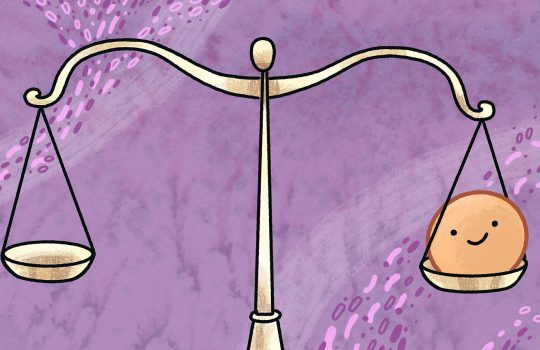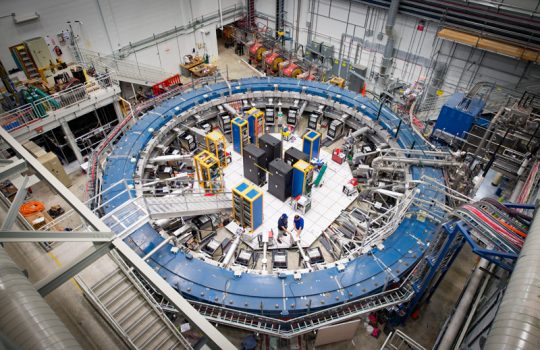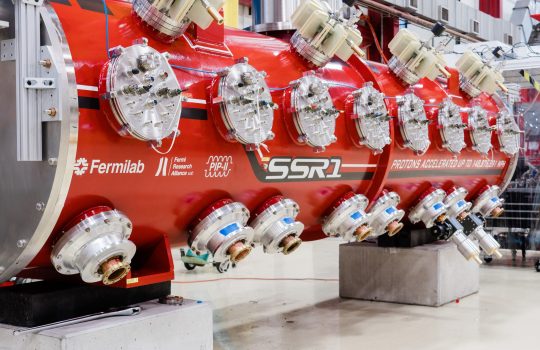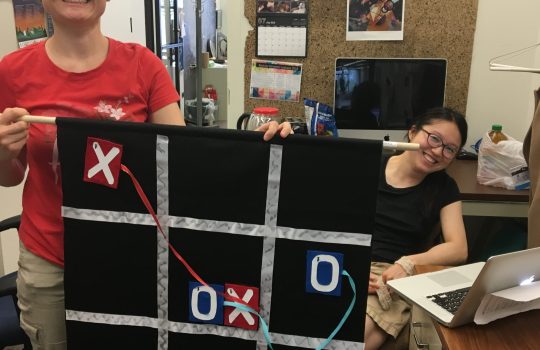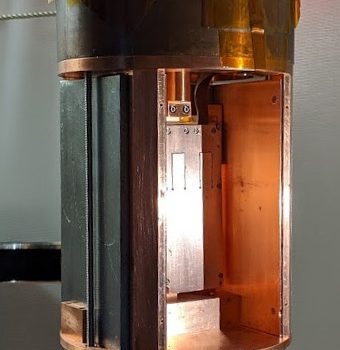How do neutrinos get their mass?
We know that neutrinos aren’t massless, they’re just incredibly light — a million times lighter than the next lightest particle, the electron. And they don’t seem to get their mass in the same way as other particles in the Standard Model.

